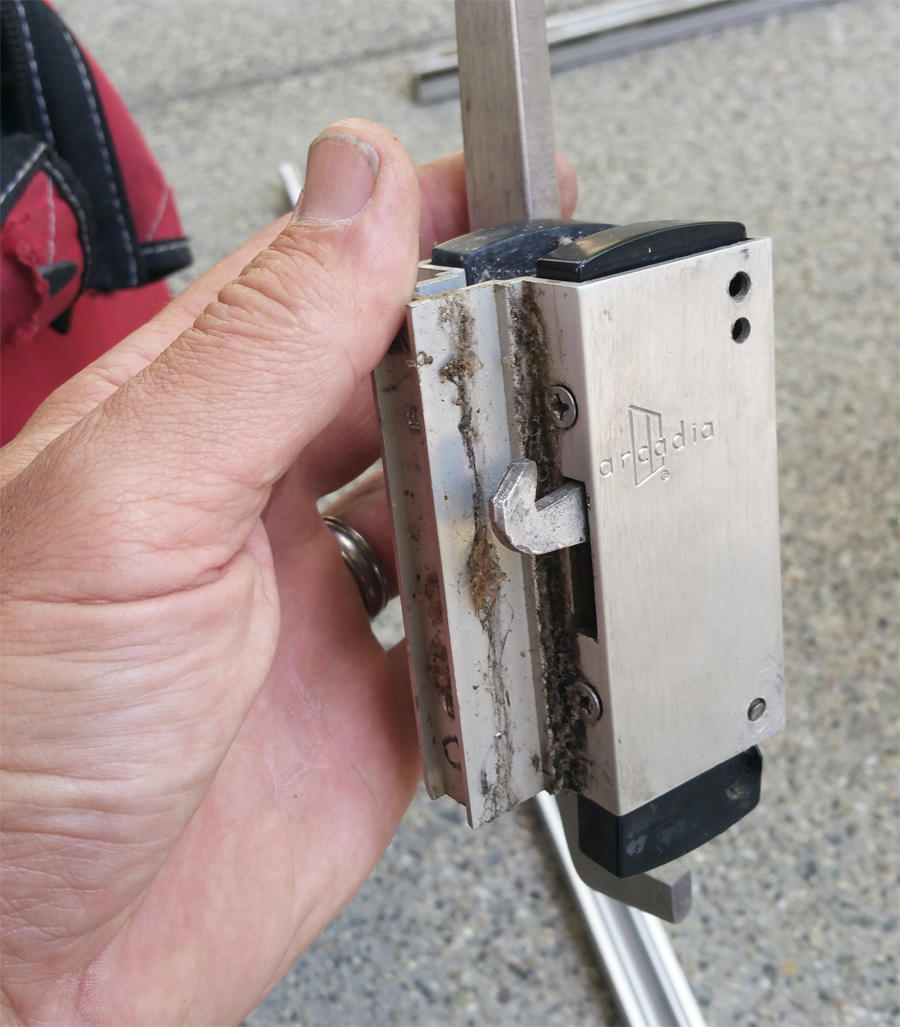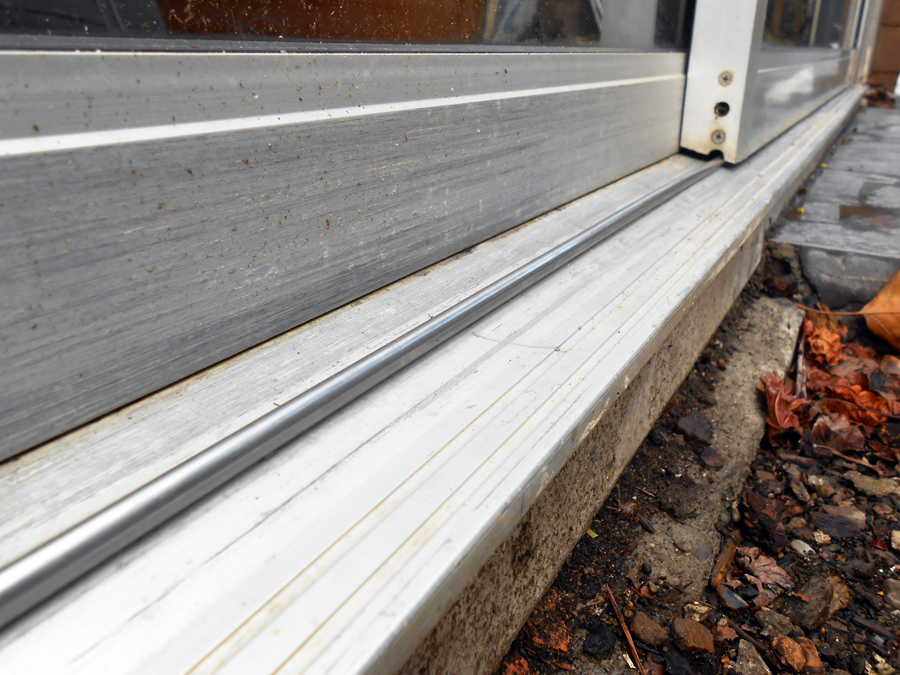Rarest Fix-It Man of Them All - Page 2
 |
|
|
 |
|
|
Anderberg says replacing a door’s rollers is by far the most common repair that he does on sliding-glass doors, but he nonetheless praises the longevity of the plastic rollers originally used by Arcadia.
“For a rolling system that lasted 40-plus years, we’re replacing it with something that lasts 50-plus years,” he says of the replacement rollers he uses, which are made of hybrid steel. “We’re taking something that works quite well and making it even better.”
“You find Arcadia doors in non-Eichler homes too,” Anderberg notes, but says he prides himself on repairing other makes as well. “There are probably 70 different doors I see on a regular basis.”
Anderberg says one major improvement to slider technology is the use of “hermetically sealed, Swiss-made, precision-speed bearings” in today’s rolling systems.
Explaining that pressure on the roller is more evenly distributed with these advanced bearings, he adds, “That’s what makes the speed bearing roll so much better.”
“I have all the things needed to fix every single door,” he boasts of his repair truck, which he stocks with about 450 different replacement parts. This helps for several reasons, including the varying sizes of doors he encounters. “That’s what separates me from a handyman.”
“Arcadia was one of the few companies willing to make custom-sized doors,” says Anderberg, adding that he encounters quite a few sliders that are 84, 93, and 94 inches tall in addition to the usual 80-inch doors.
While he estimates that he carries parts for about 95 percent of the rolling systems he sees, he admits, “If it [the damaged door] doesn’t have a rolling system available, I cannot fix it.”
“There are certain doors that cannot be fixed because they can’t be brought up to code,” he says, noting these doors are often ones built before 1969 with plate glass instead of tempered safety glass.
On a positive note, when some people think their locks are shot, Anderberg often finds that the real issue is actually just a simple alignment problem with the rollers.
“Some of that is due to [the door] being out of alignment,” Anderberg says. But fixing the lock without addressing the track alignment, he cautions, “You end up breaking the locking mechanism…The lock is not necessarily broken, it’s just not aligned.”
When it comes to sliding-glass doors, Anderberg points out, he’s a “preservationist all the way.”




